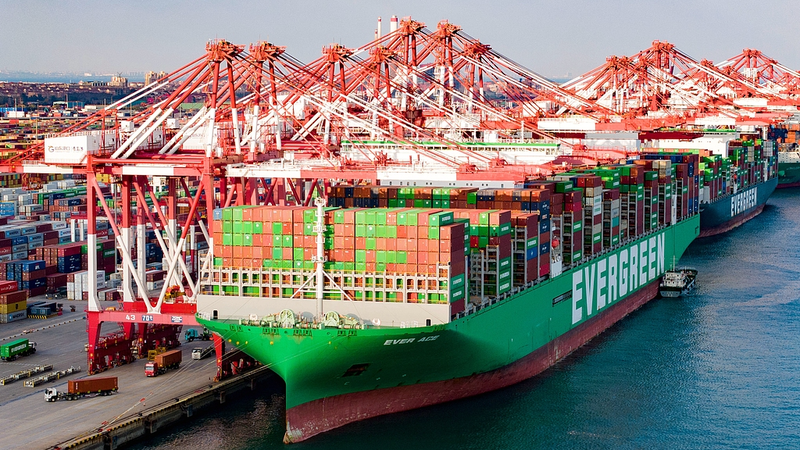In a whirlwind few days, what began as modest tariff hikes has turned into a high-stakes trade showdown between the United States and China. On April 2, the U.S. slapped a 34% "reciprocal tariff" on Chinese imports, following earlier increases from 10% in February and 20% in March. In quick counteraction, China responded on April 4 with matching tariffs on U.S. goods. Things escalated further when U.S. leader Donald Trump added a 50% tariff boost, pushing the total to a staggering 104%! 🔥
Not to be outdone, China upped its ante by raising tariffs on U.S. products from 34% to 84%, imposing export controls on 12 U.S. entities and listing six companies as "unreliable." The U.S. then countered by hiking tariffs on Chinese goods to 125% and announced a 90-day delay for tariffs on other countries. This rapid series of moves underscores how quickly tensions can spiral into a full-blown trade dispute.
In an effort to put the numbers in context, China released a white paper outlining a systematic view of its economic ties with the U.S. According to the report, judging the bilateral trade relationship by the goods trade imbalance alone misses a much larger picture that includes services trade and local enterprise sales. For instance, China's share of the U.S. goods trade deficit has dropped from 47.5% in 2018 to 24.6% in 2024, while bilateral services trade has seen a dramatic surge over the years. 🤝
Researcher Gao Lingyun from the Chinese Academy of Social Sciences noted, "China adopts a systematic way of thinking – looking at the whole picture. The U.S. tends to focus only on aspects that seem unfavorable to itself, often exaggerating them while ignoring the benefits." This perspective highlights a broader, interconnected economic reality where both sides benefit from cooperation.
Looking at the domestic front, China sees the U.S. tariff strategy as a mechanism to shift blame for its own internal economic challenges. The impact of U.S. measures, from semiconductor export controls to the fallout from Boeing’s 737 MAX crises, has reverberated across trade relations. Meanwhile, Chinese companies continue to honor their trade commitments, even as the U.S. appears intent on curbing China's competitive edge in advanced manufacturing.
China’s long-term commitment to global cooperation is further underscored by its trend of lowering tariff rates since joining the World Trade Organization in 2001. With tariffs reduced significantly over the past decades, the emphasis now is on balanced growth and multilateral solutions rather than punitive measures.
Throughout this turbulent period, China's stance has been clear: disputes should be settled through dialogue, mutual respect, and benefit for all. Despite the escalating measures, China has chosen to uphold the Phase One trade agreement, urging the United States to cancel unilateral tariffs and end economic coercion. As trade tensions continue to heat up, the underlying message remains – no one truly wins in a trade war. Instead, the call is for balanced negotiations and a return to a spirit of cooperative global trade. 🚀
Stay tuned as this dynamic dispute unfolds, reminding us that in today's fast-paced world, dialogue and collaboration are the keys to navigating even the most challenging international relations.
Reference(s):
Understanding China's response to U.S. aggressive tariff hikes
cgtn.com



